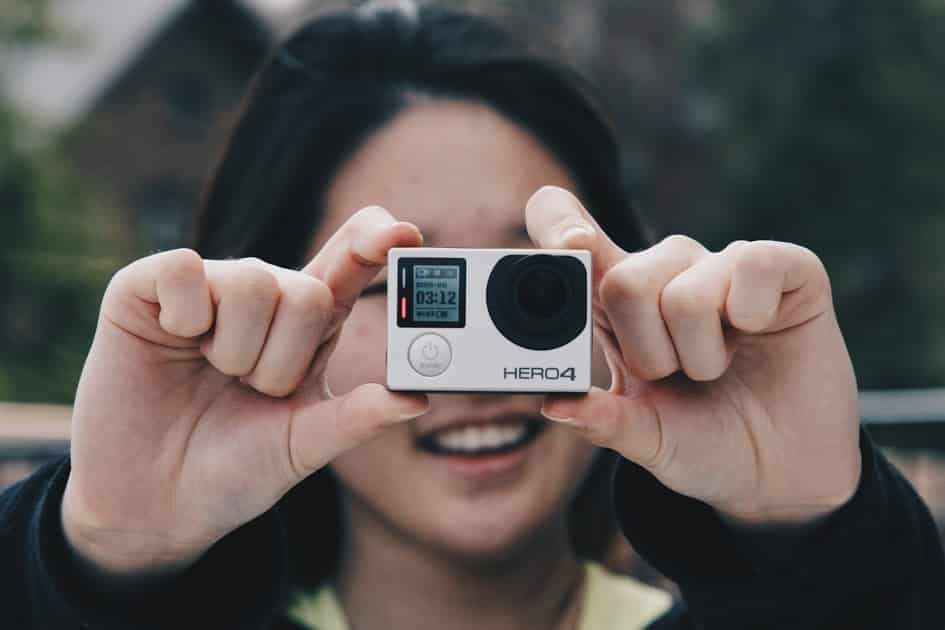My Dead Simple 3-Step Strategy to Promote Your Brand on Pinterest
Note: This is Part 2 of my two-part guide to content-rich Pinterest marketing. If you have missed Part 1, you can read it here
Last time we discussed the enormous potential of rich product pins, and how you can use them to drive more social traffic (and sales) to your website. Hopefully you got really excited and implemented what I was talking about – or plan to do so very soon.
Unfortunately, social media marketing is never as simple as setting stuff up and waking up to an inbox full of transaction notifications. You want something more than rich pins to make Pinterest marketing work for you – a strong presence on the network, a following, and some top-notch content. These things aren’t hard to build up.
In this post, I’m going to give a very simple 3-step strategy that will let you focus on essentials, find out what works and do more of it, and avoid common mistakes that ecommerce brands make on Pinterest.
Note: At the end of the post, you will be able to grab a checklist with 30+ easy-to-follow rules of thumb for creating shareable ‘pins’. If you want to get serious with Pinterest marketing, it will make things even easier for you.
Step 1. Make pinning images from your site insanely easy
Some Pinterest users that visit your website will have a browser plugin that let’s them pin any image on the web with a single click. With others, you will have to implement some social sharing functionality in a way that doesn’t undermine your main call to action.
A tool like SumoMe will help you create social sharing buttons that don’t distract visitors from the product and the all-important “Add to Cart” message. You can also build a custom “Pin It!” button for your website, but it’s a bit of a hassle.
If you want a social sharing tool specifically made with ecommerce brands in mind, try
– their buttons come with built-in sophisticated analytics, email integration and other handy features.
Whatever you choose to go with, keep the number of social buttons to a minimum of 2-3 platforms that will bring you the most traffic. Conventional wisdom dictates that those would be, in order, Facebook, Pinterest, and Twitter – but your customer data is the only source you should take seriously. Start with a wide selection of social buttons and gradually narrow it down once the analytics reveals the real ‘winners’.
Note: social sharing is a double-edged sword. It’s important for attracting more traffic and more potential buyers, but an overabundance of social buttons on your product page does more harm than good.
Product pages cluttered with social buttons can decrease conversion rates by as much as 11.9% (according to this case study from Visual Website Optimizer). On the other hand, there are contradicting studies that show how the same functionality can be used for great results.
For example, AMD was able to increase their social shares by 3600% by using social buttons strategically. Ultimately, as I said, you will need to test and validate this for yourself.

Samovar Lounge has a very minimalist design, with no social buttons
or anything else to distract buyers from the CTA

Beardbrand feature social buttons on their product pages,
but as you can see those don’t get much use
Step 2. Create and curate excellent Pinterest content
Setting up a business account on Pinterest will help bring visibility for your brand. If you sell products that are high-end, artisanal, vintage, handmade, associated with a certain lifestyle, fashion, or otherwise speak to a core audience, Pinterest will be a good platform for you.

Fashion brands like “Free People” do well on Pinterest
However, even if what you sell is geared towards a general audience, it doesn’t mean you can’t take full advantage of Pinterest. It’s hard to think of a more ubiquitous, gigantic, all-purpose brand than GE, for example – yet their Pinterest account is doing very well.
Same goes for Intel and other unlikely brands that have found a terrific niche on the platform. The unifying feature of all these brands is how they approach Pinterest marketing.
If you browse their boards for a while, you will notice that they are less focused on showing off the products as much as capturing what’s important to their audiences. It’s about lifestyle and identity rather than simply pinning items they hope to sell.
Strangely enough, it has more in common with content marketing than social media marketing as we know it. I mean, just look at GE’s board of “ Hey Girl ” memes featuring Edison.
Step 3. Get your target audience to love your pins
Anyone can set up rich pins or create a business account on Pinterest. This alone will not lead droves of eager customers to your website. You have to curate the contents of your Pinterest board just as carefully as you would do with your brand’s blog.
Remember – it’s not about pushing for a sale. It’s about giving value to your potential customers, and making sure that when they think about buying something, your brand and not competitor’s pops into their head.
To do so, you have to make sure that your customers have fun following your Pinterest board. That they learn something. That they are entertained, or touched.
That’s why Intel has a separate board for laptop reviews , even though it could just as easily fill it up with uninformative product listings. It communicates a powerful message, “I care about your well-being, because I want you to make an informed buying decision.”
And that’s why Whole Foods
has boards full of gorgeous recipes that can be prepared from its products. Informing and entertaining customers will not result in sales right away, but in the long term it will.

And people love Whole Foods’ recipe-focused boards like this one
But how can you apply something as nebulous as “giving value to customers” to Pinterest marketing? I did my best to come up with a few rules of thumb that you can follow:
- Emphasize lifestyle and aesthetics more than the actual products. Remember – your Pinterest board isn’t a second storefront. Spend time and effort to speak to your customers’ identity and values by featuring things that are important to them. Insert pins of your products sparingly, in a way that look unobtrusive. Free People’s page is a great example of how to do this right. Another good one is Nordstrom .
- Don’t compromise on quality. Pinning mediocre content just for the sake of it will repel customers. Post on a regular basis, invest in high-quality product photography and engaging descriptions, and make sure that whatever you pin is relevant to your audience.
- Focus on items and engaging visuals, not on people. Pictures without faces get 23% more repins,according to Curalate . They analyzed over half a million images on Pinterest and discovered that people’s faces are present in less than 1/5th of all Pinterest posts.
- Optimize product images to be pinnable. Photos of over 1000 pixels in height, containing several dominant colors and less than 30% empty space are the most visually appealing, the same Curalate’s study says.
- Make use of popular categories related to your product. This closely ties into the lifestyle advice above, but it’s a bit different. With lifestyle, brands try to construct an image of how their products, or products that look like theirs, enhance a customer’s life. Using popular categories, brands often pin images of things completely unrelated to what they sell – just because their audience likes them.
- Go to any brand’s page that sells products for men, and the tactics described above gets very conspicuous. Thing is, men comprise a very small subset of Pinterest users, so businesses like Beardbrand , Huckberry and others need to try harder to get them. Alcohol, food, and the stereotypically manly activities feature prominently, right along products that they actually sell.
At its heart, Pinterest marketing is less about interactions and more about brilliant content. Built around the idea of discovering and collecting beautiful things (in the form of images), it’s practically made for ecommerce brands.
You can turn Pinterest into a profitable channel for your website, even if ‘regular’ social media marketing frustrates you. And I hope that this guide will help you accomplish this. Here’s to your inevitable Pinterest domination!
To start you off on the right track with Pinterest marketing, I have prepared another great resource – a checklist to creating amazing, shareable content for Pinterest.
Keep it on hand and go through it every time you are putting together a new pin. That way, you will nail it every time! Grab your checklist below.



